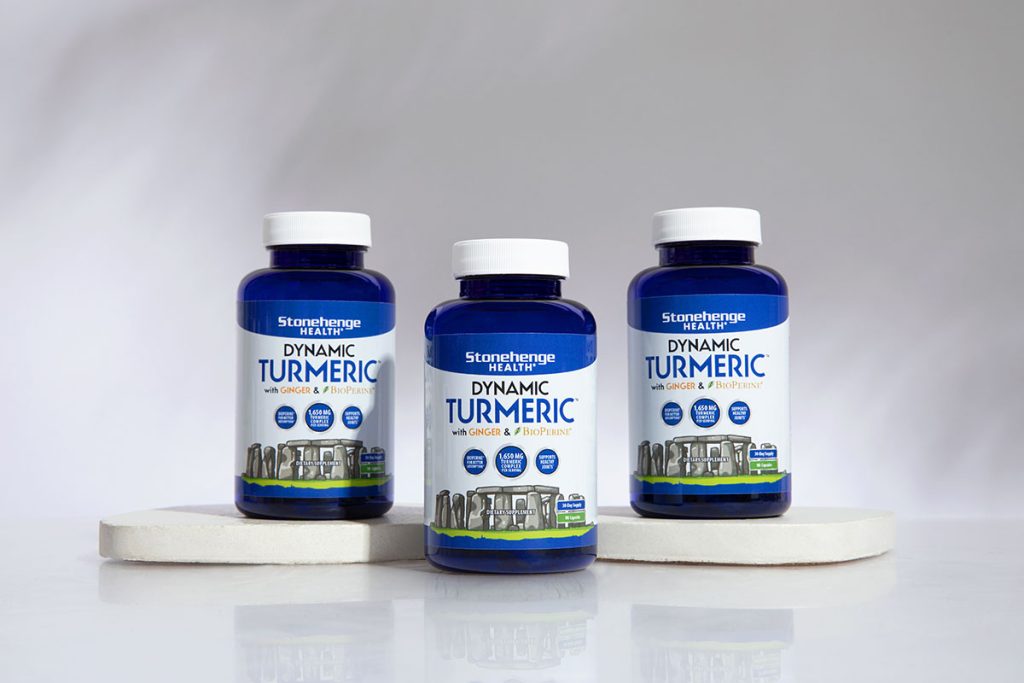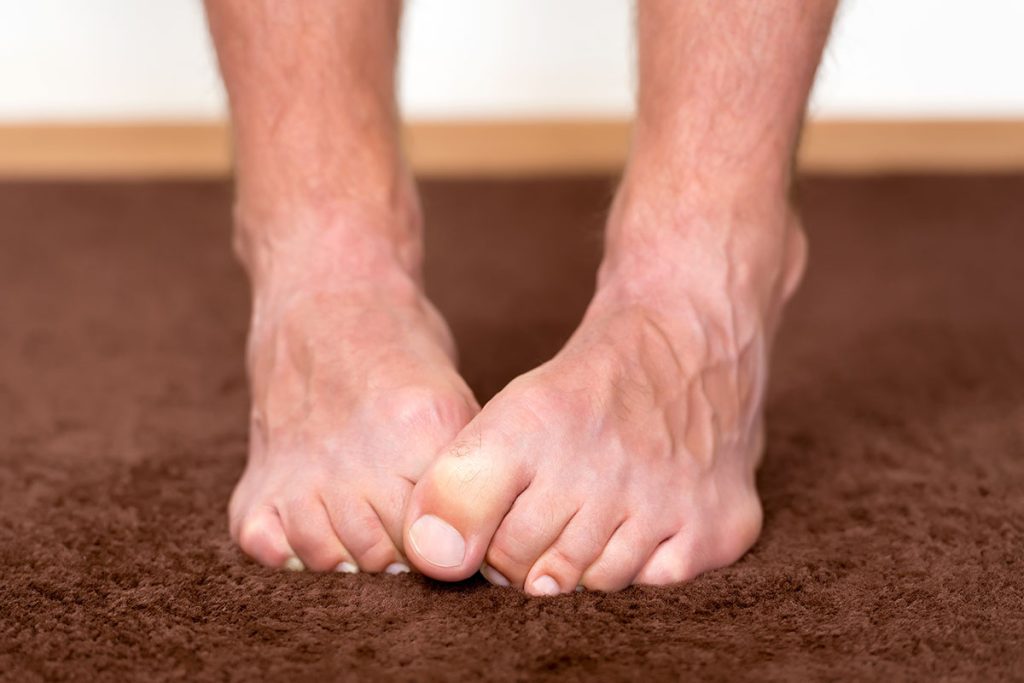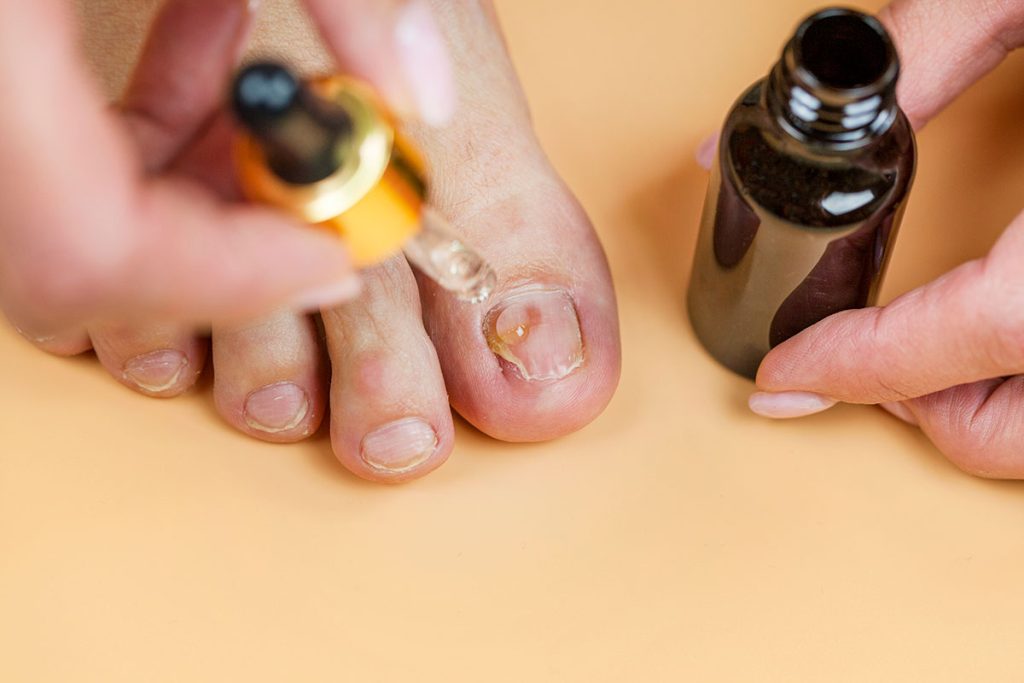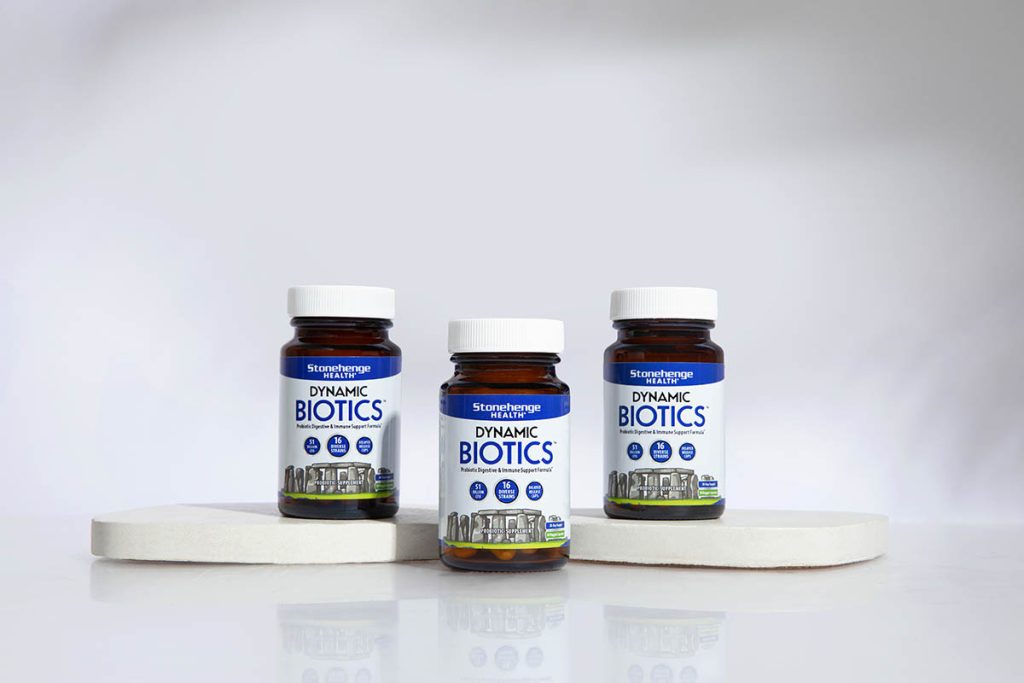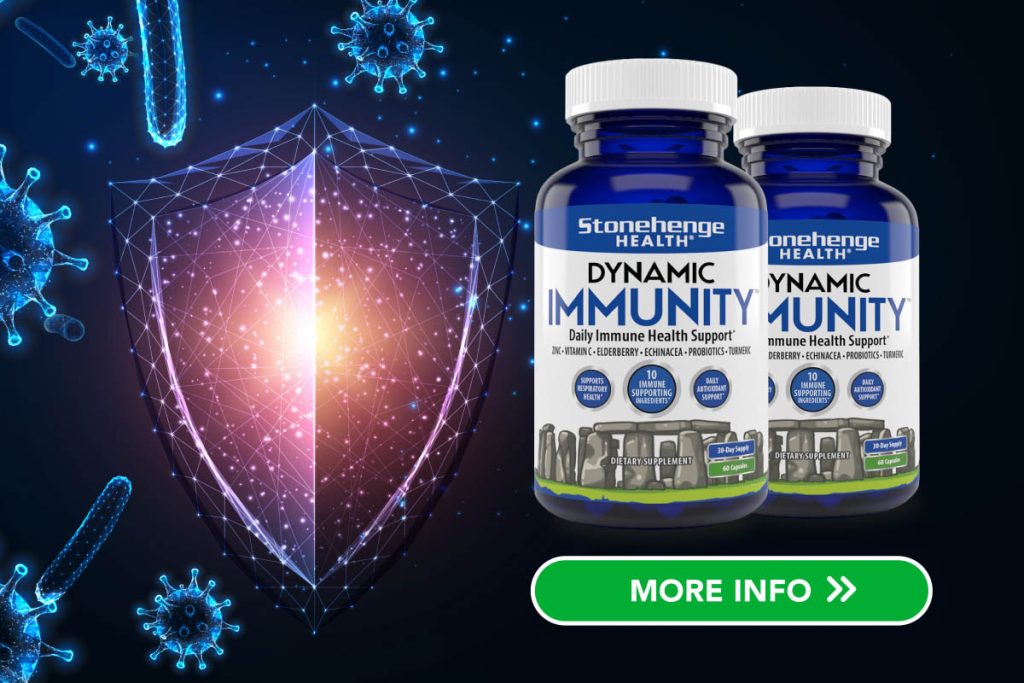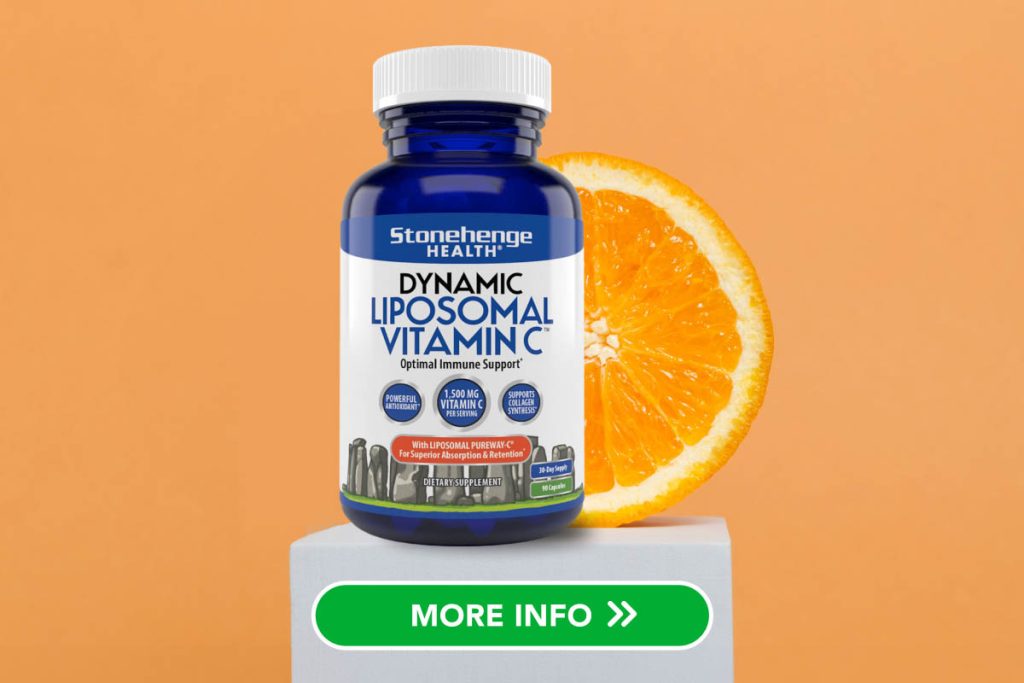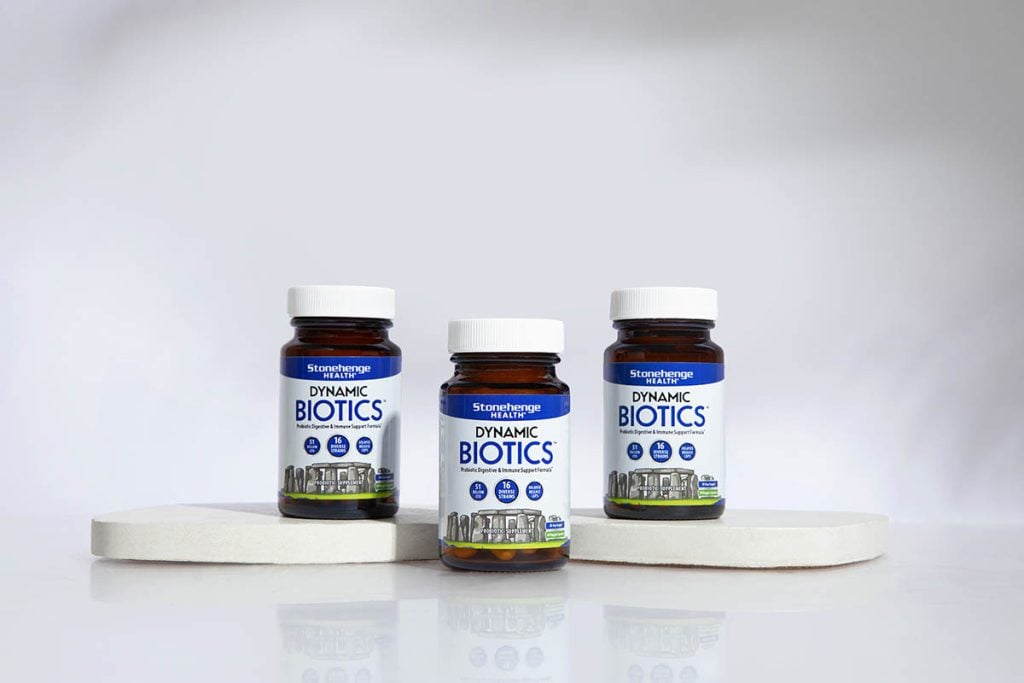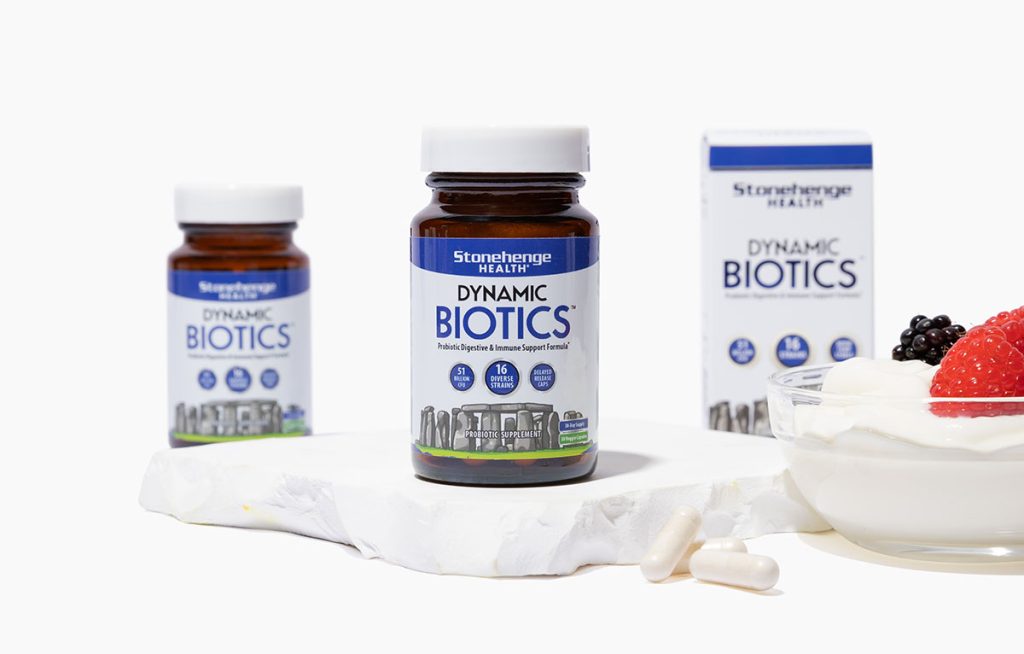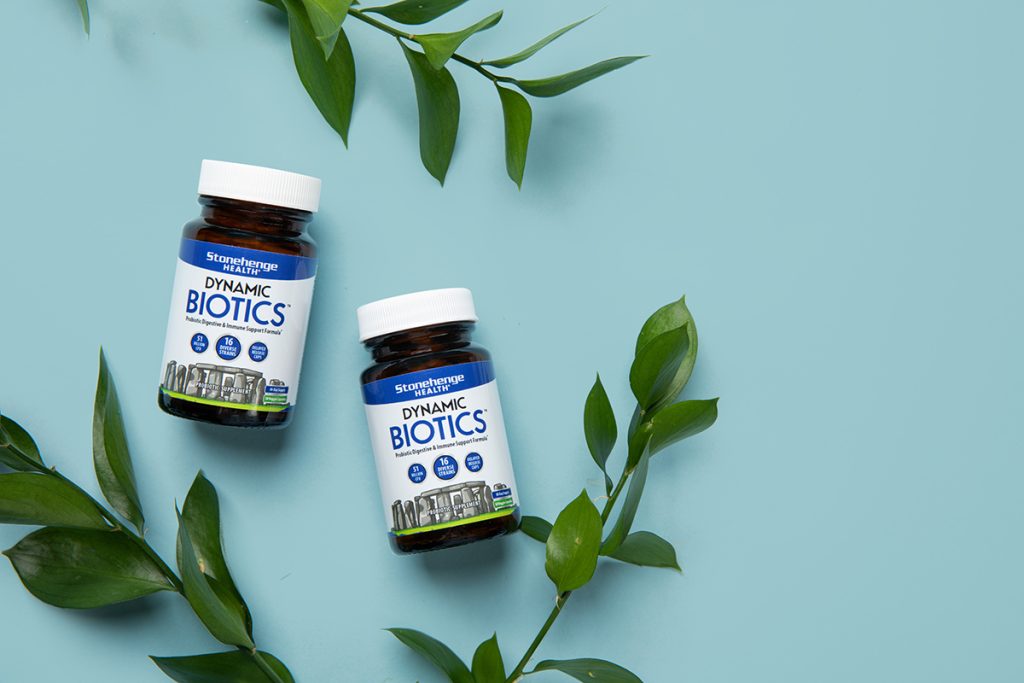
Calories in vs. calories out…
It is the simplest and most effective way to understand if you will gain or lose weight:
• If you eat more calories than you expend, you’re in a caloric surplus and will gain weight.
• If you eat fewer calories than you expend, you’re in a caloric deficit, and you will lose weight.
By and large, no matter what type of food you’re eating (Paleo, Keto, Atkins, etc.), if you’re able to track calories consumed vs. expended, you can find a way to drop the weight you’d like to.
The calculation itself is super simple, but you might struggle with figuring out how many calories you should be eating in a day.
We’re here to help!
Here’s exactly how many calories you should be eating daily to hit your weight loss goals.
How to calculate your ideal calorie count

There are a few factors that influence the ideal amount of calories you want to eat in a day:
1. Your age
2. Your height
3. Your weight
4. Your gender
5. Your activity level
6. Your goal (weight loss, weight gain, or maintenance)
Jot those answers down #1-6. Got them? Good.
Next, you’re going to use the Harris-Benedict Method to find your Basal Metabolic Rate (BMR).
BMR is just the number of calories your body needs to perform basic life-sustaining functions. So if you just wanted to sit in a chair all day and breathe, you’d still need to eat as many calories as your BMR indicates.
The Harris-Benedict Method is a way to find your BMR. Here’s the formula (use pounds and inches):
• Men: 66 + [6.2 × weight] + [12.7 × height] – [6.76 × age]
• Women: 655 + [4.35 × weight] + [4.7 × height] – [4.7 × age]
Let’s say you’re a 6-foot-tall, 200-lb man who is 60 years old and moderately active.
Your BMR would be: 1,815 calories.
66 + [1,240] + [914] – [405] = 1,815 BMR
Last, we need to account for your lifestyle and physical expenditure.
• Sedentary: Multiply by 1.2
• Moderately Active: Multiply by 1.3
• Very Active: Multiply by 1.4
Continuing our example, we’ll multiply our BMR of 1,815 by 1.3 and get… 2,360 calories.
A moderately active man who is 60 years old, is 6 feet tall, and weighs 200 lbs should eat 2,360 calories daily to maintain his current weight.
Let’s run the same calculation for a very active 55-year-old woman who is 5 foot 6 inches tall and weighs 165lbs:
655 + [718] + [310] – [259] = 1,424 BMR
Now, since she is very active, we multiply by 1.4, and we get… 1,994 calories.
A very active woman who is 55 years old, 5’6”, and weighs 165 should eat 1,994 calories daily to maintain her current weight.
Nifty, right?
To obtain a caloric deficit (lose weight), subtract 200 calories from your number.
So—are you able to calculate your ideal calorie count? Pull out your phone calculator and use the formula above.
Here’s what to do next…
Using your ideal daily calorie intake to hit your goals

Now that you have your daily calorie goal, it’s time to use that number to create a nutrition plan to reach your weight goals.
Here are some general guidelines and steps you can take to stay as close to your ideal caloric intake every day.
Monitor your calorie intake

The whole ‘counting calories’ cliché is actually the best way to hit your weight-loss goals. Monitor your food intake with tools like food diaries or apps to ensure you stay within your calorie goal.
Choose your food wisely

Since you’re going to be limiting the amount of calories you ingest, it’s important to ensure you’re getting enough nutrition with the foods you do eat. Focus on consuming nutrient-dense foods that provide essential vitamins and minerals while being lower in calories.
If you partake in alcohol consumption, it would be best to stop or reduce it. While alcohol does contain calories, it offers basically no nutritional value.
Meal prep

Preparing your meals in advance is an excellent way to ensure precise control over portion sizes and nutritional content, ensuring you stay within your daily calorie goals. By preparing your meals in advance, you can reduce the temptation to eat out or choose unhealthy options. This helps maintain a consistent diet conducive to weight loss or health goals.
Habitually review your progress

Regularly review and adjust your plan based on progress, making changes to your diet and exercise routine as necessary for continued weight loss. Considering make your progress less about the number on the scale and more about the number of days you are able to stick to your pan.
Over time, eliminating just 150 calories daily can help you lose as much as 15 pounds in a year.
Consistency gets results!
Regulate your digestive system
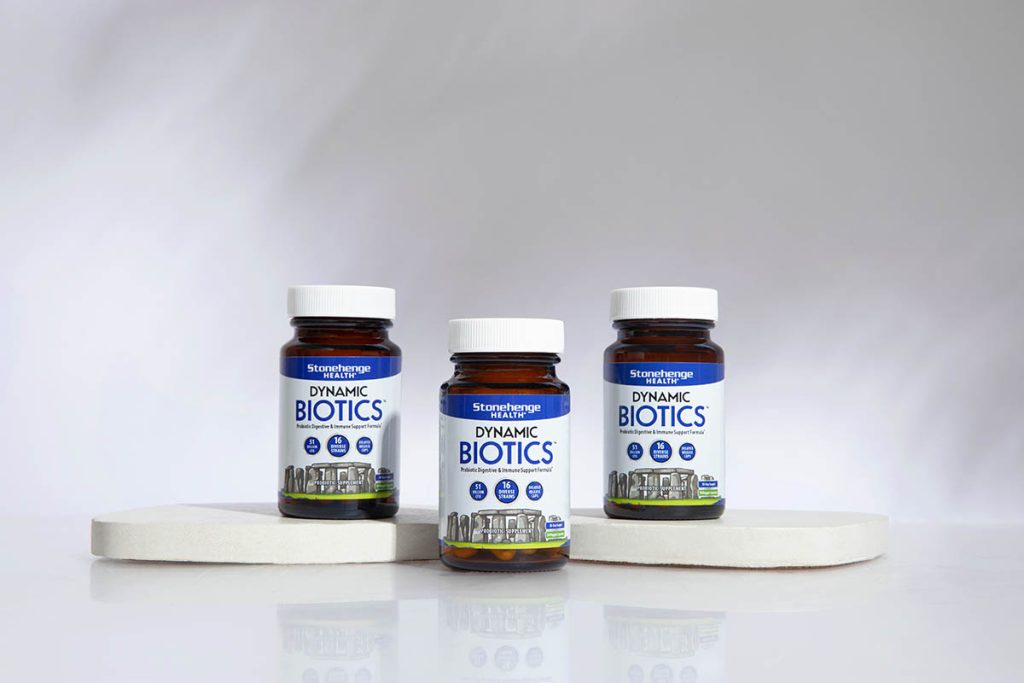
In order to get as much nutrition out of your food as possible—and experience less bloating—it’s important to regulate your digestive system. One way to do that is to supplement with probiotics.
Probiotics are the ‘good’ bacteria that are found in your gut, helping you digest what you eat and giving you the nutritional value from the food you consume.
Dynamic Biotics from Stonehenge Health supports the growth of beneficial gut microbes to promote digestive health.* Help your body do its part in your weight loss journey by feeding it what it wants—probiotics.
“I have taken many probiotics, and this one so far beats them all! My stomach is a lot calmer, and I can sleep better, too. This probiotic helps with my acid reflux as well.” – Joanne S., Calabasas, CA*
Cheers to eating right, feeling great, and hitting your goals!















